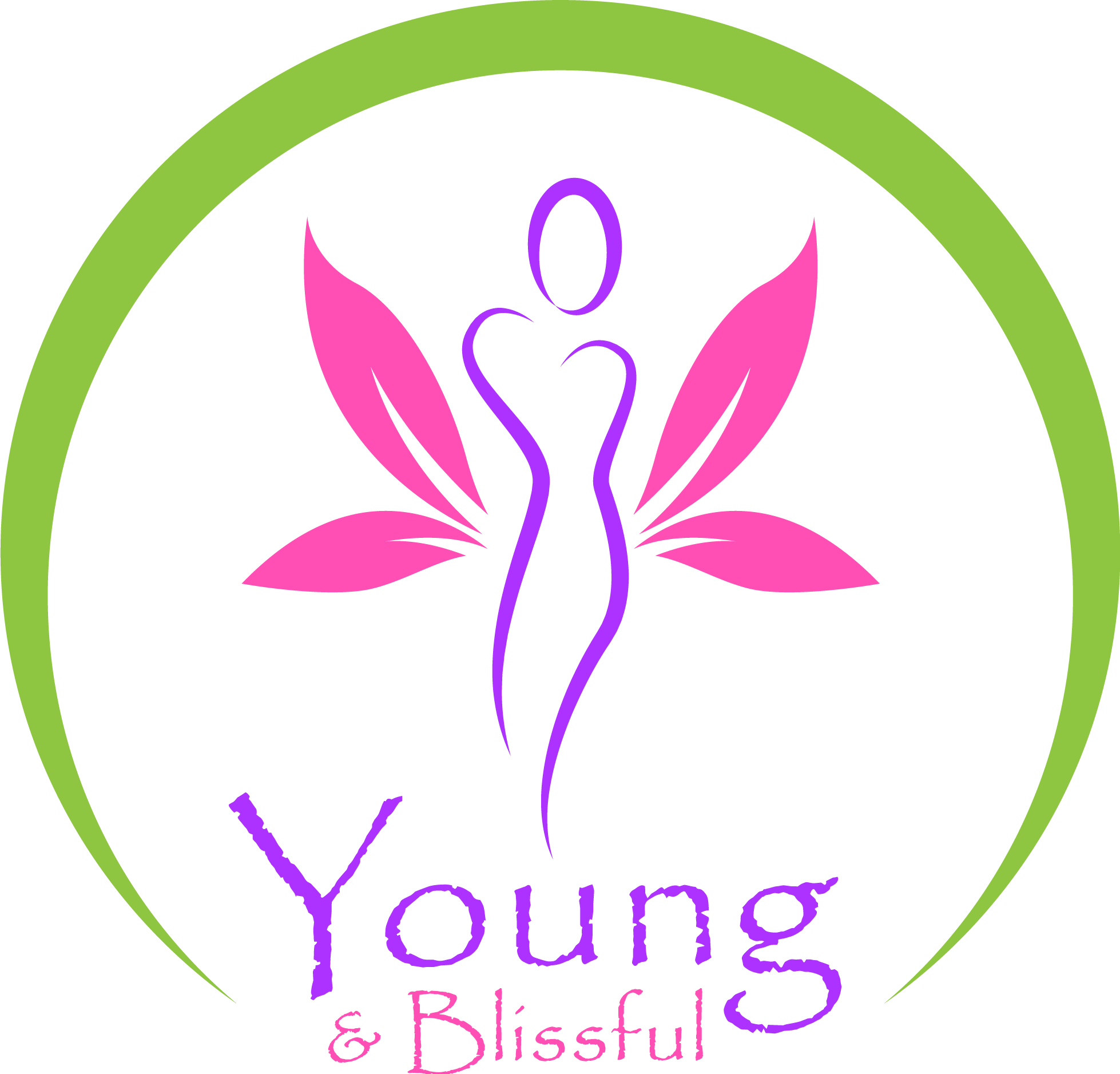Could you detect a stroke in your elderly loved one quickly? Are you sure what to do? That is why! Early detection of Stroke in seniors requires knowledge of the warning signs and symptoms. Seniors are at a higher risk of stroke due to their age and other factors. The Centres for Disease Control and Prevention (CDC) reported that about 795,000 seniors in the United States experienced a stroke in 2018.
It is reported that stroke is the third leading cause of death in Canada among seniors, with about 62,000 strokes occurring each year. It is crucial to be aware of the signs and symptoms of a stroke to act quickly and seek medical attention to minimize long-term damage and improve outcomes.
A stroke occurs when blood flow to the brain is interrupted in seniors, leading to brain damage. It is important to recognize the signs of a stroke, such as sudden numbness or weakness in the face, arm, or leg, and seek immediate medical help for seniors. Understanding the impact of a stroke on the brain can help you and your loved ones navigate the rehabilitation process more effectively.
A stroke can be ischemic (caused by a blockage in a blood vessel) or hemorrhagic (induced by a burst blood vessel). Ischemic strokes are more common and can be treated with medication or procedures to restore blood flow, while hemorrhagic strokes require immediate medical intervention to stop bleeding in the brain. Both types of strokes can have serious consequences if not addressed promptly. Each type necessitates a unique treatment strategy; therefore, precisely diagnosing the type of stroke is critical to providing the best care possible.
Be careful !
It is not recommended to attempt to diagnose a stroke at home. If you suspect your senior loved one is having a stroke, it is crucial to call emergency services immediately so that they can receive proper medical attention as soon as possible. Delaying treatment for a stroke can result in irreversible damage or even death. So, pay attention to each changes every day. We encourage you to learn about signs and symptoms of a stroke so that you can act quickly in an emergency. The easiest way to remember the alarming signs of stroke is by using the word “FAST”. It stands for:
- F = Face dropping
- A = Arm weakness
- S = Speech problem
- T = Time to contact a physician
Let’s briefly discuss the common warning signs and symptoms of stroke in geriatrics:
Numbness:
The most common and earliest sign of stroke in seniors is loss of feeling in feet, legs, hands, and other extremities or sudden numbness on the face. It also feels like a tingling sensation. According to health experts, stroke can result in numbness on one side of the body while the other side remains functional. In this situation, you must constantly shake, touch, or massage that numb area of the person. If you notice any sudden numbness or tingling in a senior, especially on one side of the body, it is crucial to seek medical attention immediately. Remember that early detection and treatment of stroke can greatly improve outcomes and reduce the risk of long-term disability. It is crucial to seek medical attention right away if other symptoms like confusion, difficulty speaking, or difficulty walking are present along with the numbness. Remember that time is of the essence when it comes to treating strokes in senior patients.
Confusion
Being unable to completely think clearly or understand what is happening around you is another common symptom of stroke in your loved one. They may also experience difficulty focusing and making decisions. If you notice confusion in addition to numbness, it is important to act quickly and seek medical help to prevent further complications. Remember that prompt treatment can make a significant difference in the recovery of senior patients who have suffered a stroke. Early intervention is crucial in preventing long-term damage from a stroke. In addition to numbness and confusion, other signs to look out for include difficulty speaking or understanding speech, sudden vision problems, dizziness, and a severe headache. It is important to call for emergency assistance immediately if you suspect that your loved one is having a stroke. Time lost is brain lost, so every minute counts in getting them the help they need. Remember, acting fast can save lives and improve the chances of a full recovery.
Severe headache
A severe or sudden headache in the scalp, neck, or head without any specific known reason in a senior who has no headache history is a clear warning sign of stroke. So, if you notice your senior loved one often rubbing their temples and touching their head, then immediately contact your physician. Other symptoms to watch out for include difficulty speaking, sudden weakness or numbness in the face, arm, or leg, and trouble with coordination or balance. These signs should not be ignored, and medical attention should be sought as soon as possible to prevent any further damage from a potential stroke.
Loss of balance and dizziness
Feeling lightheaded, faint, and having difficulties moving, standing, or walking are all alarming in seniors. The person suddenly becomes clumsy or starts tripping over nothing. These symptoms could indicate a potential risk of falling, which can lead to serious injuries in older adults. It is important to address these issues promptly to prevent any accidents or complications. Ignoring these signs could result in a dangerous fall or other serious consequences. It is crucial to seek medical attention immediately if you or a loved one experiences any of these symptoms. By addressing these issues promptly, you can prevent further damage and ensure the best possible outcome for recovery. Be sure to get help if you notice any changes in balance or coordination, as early intervention is key to preventing potential strokes or falls.
Problems speaking
Seniors who have incoherent, slurred speech or are unable to talk are at risk of having a stroke. You have difficulty speaking with them or understanding their sentences. This could also be indicative of a neurological disorder or cognitive deterioration. It is critical to seek medical assistance quickly to establish the underlying cause and administer proper treatment. This could potentially signal a medical emergency, such as a stroke or brain injury, so act fast and seek professional assistance. Early intervention can significantly increase the likelihood of recovery and prevent subsequent difficulties.
Changes in vision
Problems with eyesight with both or one eye and blurred vision also give a clue to stroke in geriatrics. So, if you notice your loved one often rubs their eyes, squints, and is unable to read, then do not ignore this and inform their physician about the situation. Additionally, sudden changes in vision, such as double vision or difficulty focusing, may also indicate a serious issue. It is important to address any vision changes promptly to ensure the best possible outcome for your loved one’s health. Prompt medical attention should be sought to rule out any serious underlying conditions and prevent further complications. Early intervention can greatly improve the chances of successful treatment and recovery.
The bottom line in stroke in senior
So, if you notice the signs mentioned above and symptoms in your loved one, call 911 right away and get someone to help. The best way to keep your loved one safe is to recognize the warning signs and symptoms of a stroke in seniors. And if they have several risk factors for stroke that may be managed, encourage them to make changes that will save their lives.
“Contact Young and Blissful Team at (416)418-4890 and ask us about our diverse home care services tailored to meet your unique needs. We’re here to support you every step of the way.”

